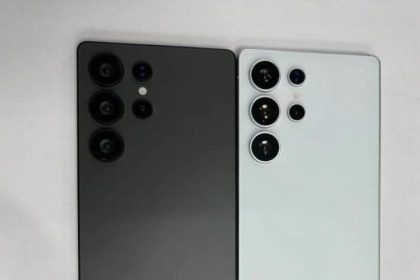Heart rate measurement is a common feature in smartwatches and wireless headphones that use photoplethysmography (PPG) technology.
This technology uses light pulses to measure blood activity, and although it works well, it also has limitations. Google researchers have now developed a new method called audioplethysmography (APG) that uses ultrasound to measure heart rate. They used this technology in active noise canceling (ANC) headphones.
This technology works by sending a weak ultrasound signal from inside the ear canal and using a small microphone to detect skin surface fluctuations while pumping blood. This method is very effective since the accuracy of heart rate in smart watches and other wearable gadgets with skin color or tattoos is a problem.
Google researchers also found that the ultrasound method works very well when playing music, but has problems in crowded environments and may not be able to accurately measure heart rate due to noise. However, this problem can be overcome by using many frequencies and detecting the most accurate signal among them.
Examining this technology with 153 participants showed that the average heart rate error and heart rate changes were 3.21% and 2.70%, respectively. Although heart rate monitoring headphones have been around for a long time, they use the PPG method, which is not very accurate.
It should be noted that this technology is currently in a research and it does not mean that Google plans to introduce headphones with this technology.
RCO NEWS

















